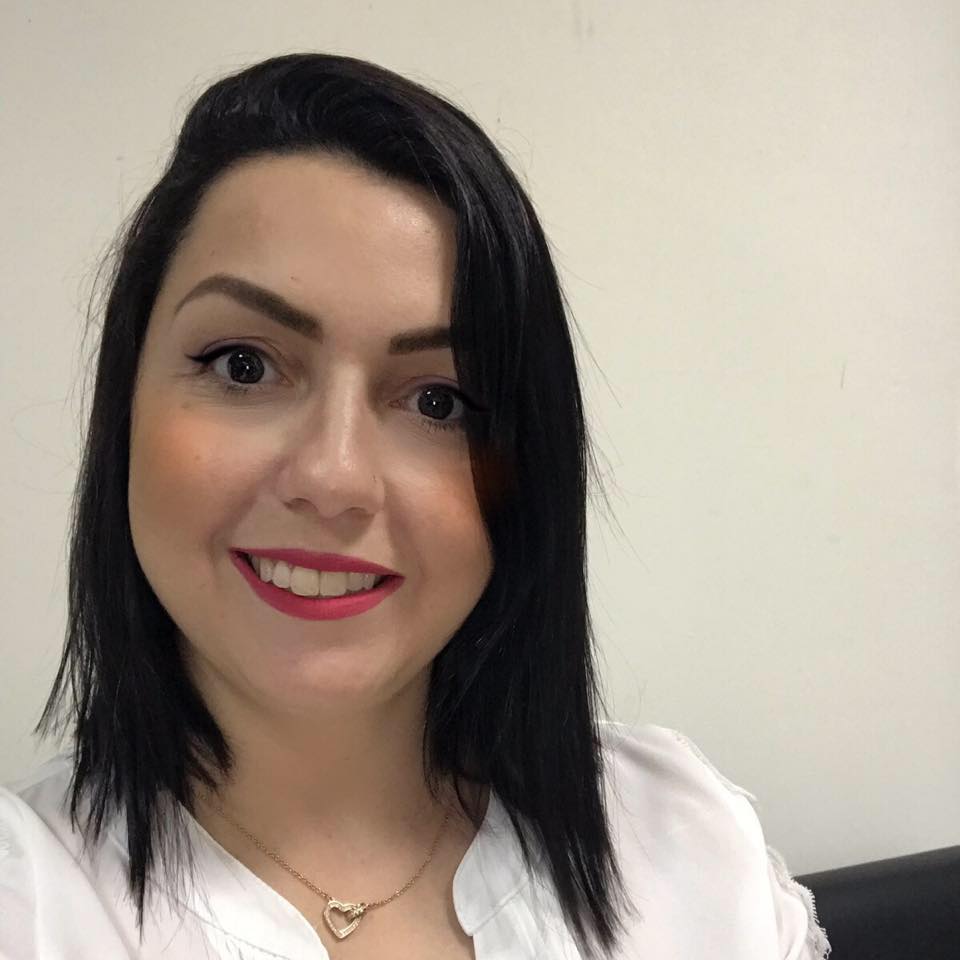SWOT analysis to improve personal feedback
Have you ever heard of the SWOT analysis? It comes from the Administration and Management of a business. This technique is credited to Albert Humphrey, who led this research project at Stanford University in the 60s, using data from many top companies. His goals failed at the time, but the SWOT analysis had yet a lot to give.
I have been reading a lot of management strategy and company and personal administration books, and I came across Eduardo Ferraz (2018), who has more than thirty years of experience with company consultancy, training sessions, and personal management theorisation. In his book “Gente de resultados” (something like “people who present results”) his uses the SWOT analysis for personal development. It was the first time I have seen it for that, and I’ve found it surprisingly precise when providing someone with feedback. S stands for strengths, W = weaknesses, O = opportunities and T = threats. From that, we can have it divided by internal attributes of the company = S and W / external – attributes of the environment = O and T. Strengths and opportunities are helpful towards achieving your goals (or the company’s goals) and weakness and threats, of course, are harmful when trying to achieve your goals or the Institution’s ones. (attached image)
I have already used the KAZA feedback framework, which is great, however, for the moment I am living through, this made much more sense and the results were more thorough since sometimes what has to be changed is outside the corporation you work for, it’s external, and despite being attributes of the environment, they have been on the way of your personal growth. Being able to recognize internal and external factors for your development is an amazing improvement tool not only for you but for your colleagues and employees.
Here are some examples of what questions to ask:
- Strengths – What are your strengths? What is the positive part of your leadership style? What is most admired in you (people usually comment about these qualities)?
- Weaknesses – What are your weaknesses? What is the negative part of your leadership style? Amongst your to-do list, what do you like the least? What do you need to change immediately?
- Opportunities – What opportunities would you have to improve your performance as a professional? (it could be a training, a therapy process, coaching or mentoring, someone else to share your tasks, etc)
- Threats – They are situations that hinder your performance as a professional. It could be a new competitor, a boss or colleague that holds grudges against people in general (low developed Emotional Quotient (EQ)). Etc.
Once you start thinking about the bigger picture you will be able to have a clearer path to follow, better actions to take, independently of what people inside the company think or have always thought. You will be able to start innovating in a new mindset that will lead you to places you have never been before.
Start thinking outside the box. Start going for information in places you have never before. You will see.





